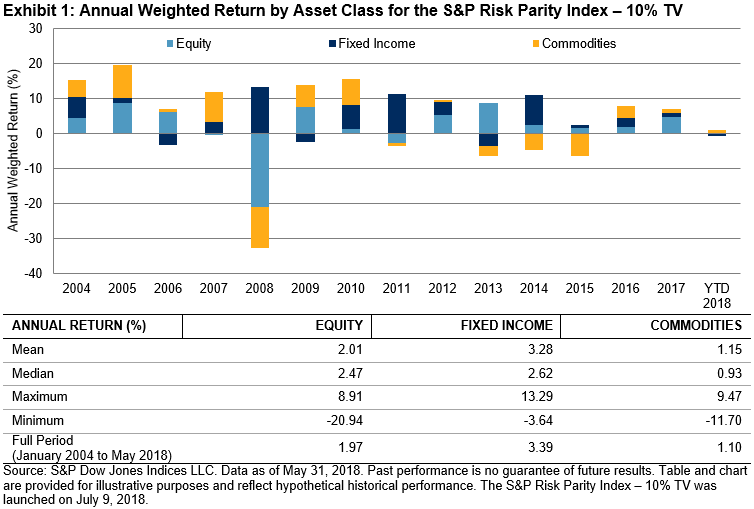Suppose you, as a hypothetical financial advisor, encounter a hypothetical marketer who presents the following hypothetical performance data:
|
Last Year |
Trailing 3 Years | Trailing 5 Years |
Trailing 10 Years |
|
| Portfolio |
25.0% |
11.9% | 16.0% |
8.8% |
| Benchmark |
21.8% |
11.4% | 15.8% |
8.5% |
Not only did the portfolio beat its benchmark handily in 2017, says our marketer, but it has outperformed consistently over the past decade. As evidence of this consistency, notice that the portfolio has generated positive value added for the last 3 years, last 5 years, and last 10 years.
Or has it?
Let’s peel the onion a bit. Here’s the performance of the same hypothetical portfolio for every year in the last 10:
| Year | Portfolio | Benchmark |
Value Added |
|
2008 |
-36.0% | -37.0% |
1.0% |
|
2009 |
26.0% | 26.5% | -0.5% |
|
2010 |
15.0% | 15.1% |
-0.1% |
| 2011 | 2.0% | 2.1% |
-0.1% |
|
2012 |
16.5% | 16.0% |
0.5% |
|
2013 |
32.0% | 32.4% |
-0.4% |
|
2014 |
13.5% | 13.7% |
-0.2% |
|
2015 |
1.0% | 1.4% |
-0.4% |
|
2016 |
11.0% | 12.0% |
-1.0% |
|
2017 |
25.0% | 21.8% |
3.2% |
The portfolio’s value added has been reasonably consistent – it’s been consistently negative, having outperformed in only three years of the past ten.
What’s happening here is that a generally indifferent manager had a really good year in 2017. The value added in that year compensated for a long history of mediocrity. Our hypothetical marketer was clever to present his record through a lens that always included 2017. His numbers were correct, but they were arguably misleading.
There’s a simple lesson in this simple example: If someone shows you trailing performance data, disaggregate. Look at year-by-year numbers, not cumulative periods ending with the present. A truly consistent active manager will welcome the scrutiny.
The posts on this blog are opinions, not advice. Please read our Disclaimers.






















































